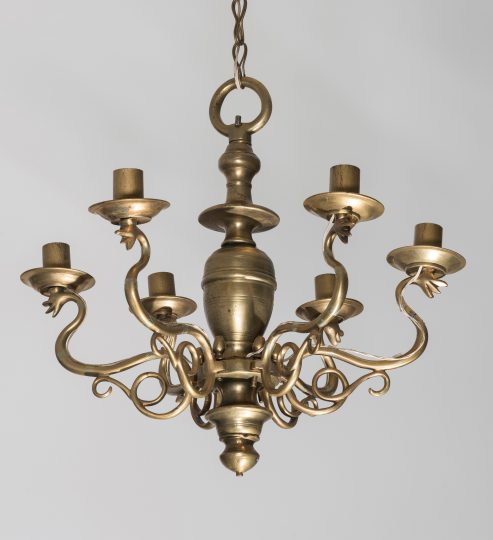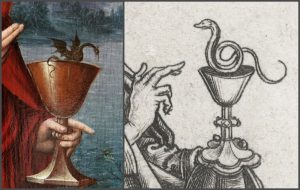Vytautas Magnus University’s scholarly journal (Lithuania, Kaunas)
Art History & Criticism, Vol. 15, 2019, p. 5-20
Alantė VALTAITĖ-GAGAČ
Cultural Heritage Centre, Vilnius, Lithuania
ORIGIN, TYPES, AND FUNCTIONING OF CHANDELIERS
WITH SERPENT ARMS: FROM THE NETHERLANDS TO LITHUANIA
Chandeliers with serpent arms held at the National Museum of Lithuania and the Lithuanian Art Museum are among the earliest found in Lithuania. Previous efforts to find chandeliers of similar décor in Latvia or Poland while collecting material on lighting fixtures in Lithuania and the neighbouring countries were unsuccessful. Due to that reason, it was thought that the spread of these chandeliers of extraordinary décor was limited to the territory of Lithuania. A closer and more thorough look into collections of Western European museums has revealed that the motif of an elegantly coiled snake on chandelier arms should be related to Hans Rogiers, a founder who worked in Amsterdam in 1598–1638.
Read more in the full version on-line: https://content.sciendo.com/view/journals/mik/15/1/article-p5.xml

Early 17th C. The National Museum of Lithuania

3. Poisoned Chalice of Saint John the Evangelist. Fragment of 16th c. painting (City of Paris Museum of Fine Arts, obj. No. PPP2541) and fragment of a print by Martin Schongauer (?), 1470–1490 (The National Museum of the Netherlands (Rijksmuseum), obj. No. RP-P-OB-1026)
No Comments, Comment or Ping
Reply to ““Serpent Arm Chandeliers” from Alante Valtaite-Gagac (Schlangen Arm Kronleuchter)”